Deepanwita Martin
Yezidi Women Sold into Slavery. Younger Girls Priced Higher in a Genocide Rooted in Prejudice.
Ten years after the genocide that devastated Iraq’s Yezidi community, the horrors of systematic enslavement, mass killings, and forced displacement still resonate. In 2014, the Islamic State (IS) launched a brutal campaign against the Yezidis, marked not only by the murder of thousands but by the enslavement of women and girls. Younger girls, seen as more “desirable,” were sold at higher prices in slave markets—a grim testament to the dehumanizing violence inflicted on this marginalized religious group.
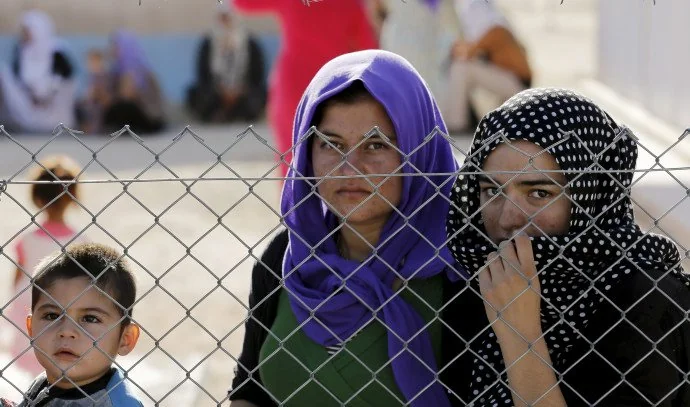
The Genocide Unfolds
On August 3, 2014, IS launched an unrelenting assault on Sinjar, the Yezidi heartland in northwestern Iraq. The attack specifically targeted Yezidis, a monotheistic religious group with a long history of persecution. Kurdish forces, tasked with protecting the area, fled, leaving the Yezidis defenseless.
The results were catastrophic. Approximately 6,800 Yezidis, primarily women and children, were captured and enslaved. IS fighters claimed religious justification for their actions, subjecting these women and girls to unimaginable cruelty. Captives were sold into sex slavery, with younger girls fetching higher prices in IS-controlled slave markets. Meanwhile, at least 1,500 Yezidis were executed, and many others died of thirst, hunger, or exhaustion while fleeing to Mount Sinjar.
The attack displaced around 250,000 people—half of the global Yezidi population—forcing them to abandon their ancestral homes. This tragedy, however, did not occur in isolation. It was fueled by centuries of prejudice and systemic marginalization, as well as political upheavals in the aftermath of the U.S. invasion of Iraq.
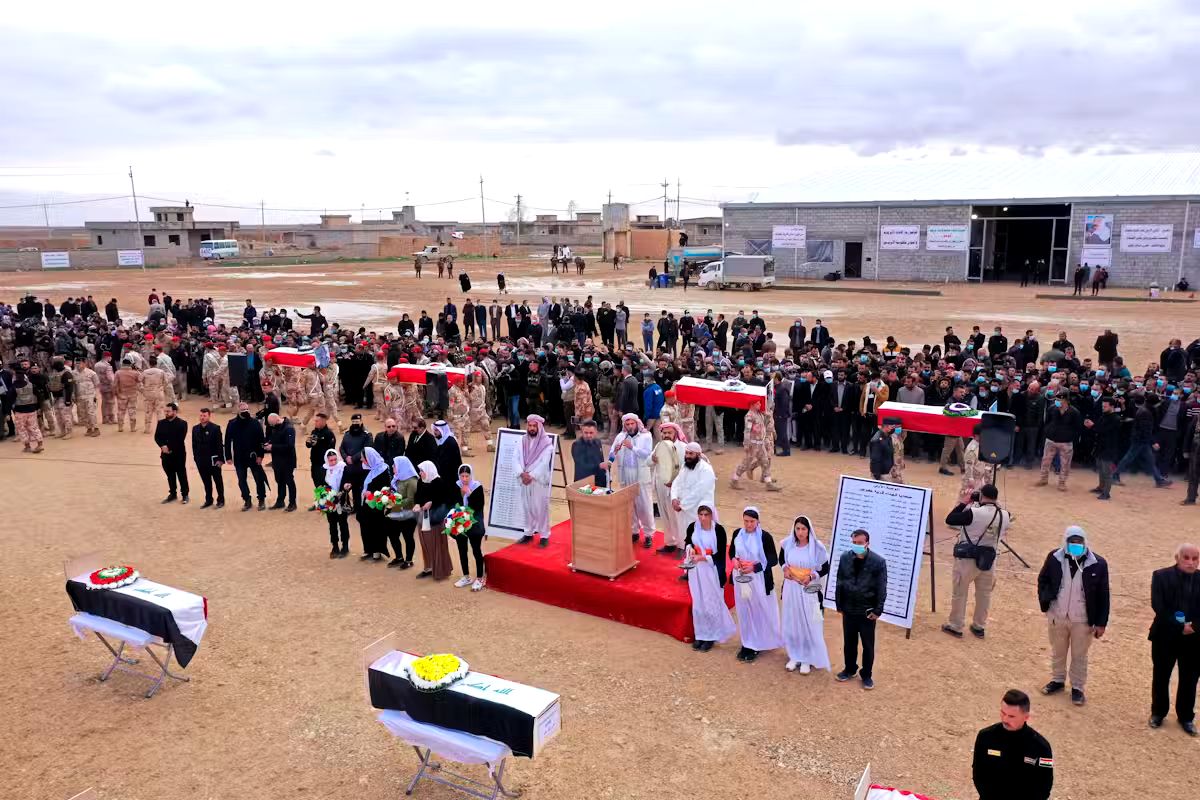
Historical Roots of Prejudice
The Yezidis have long been stigmatized as “devil worshipers” due to the mischaracterization of their faith. Central to their beliefs is the worship of Tawûsî Melek, the Peacock Angel, whom some Muslim clerics erroneously equated with Iblis, the Islamic name for the devil. This misconception, entrenched by the 16th century, justified mass violence against the Yezidis, including killings and enslavement under Ottoman rulers and Kurdish tribal leaders.
Unlike Christians and Jews, who were afforded limited protection under the Ottoman Empire’s millet system, Yezidis were denied recognition as “People of the Book.” This exclusion left them vulnerable to systematic discrimination and violence, which continued into the modern era.
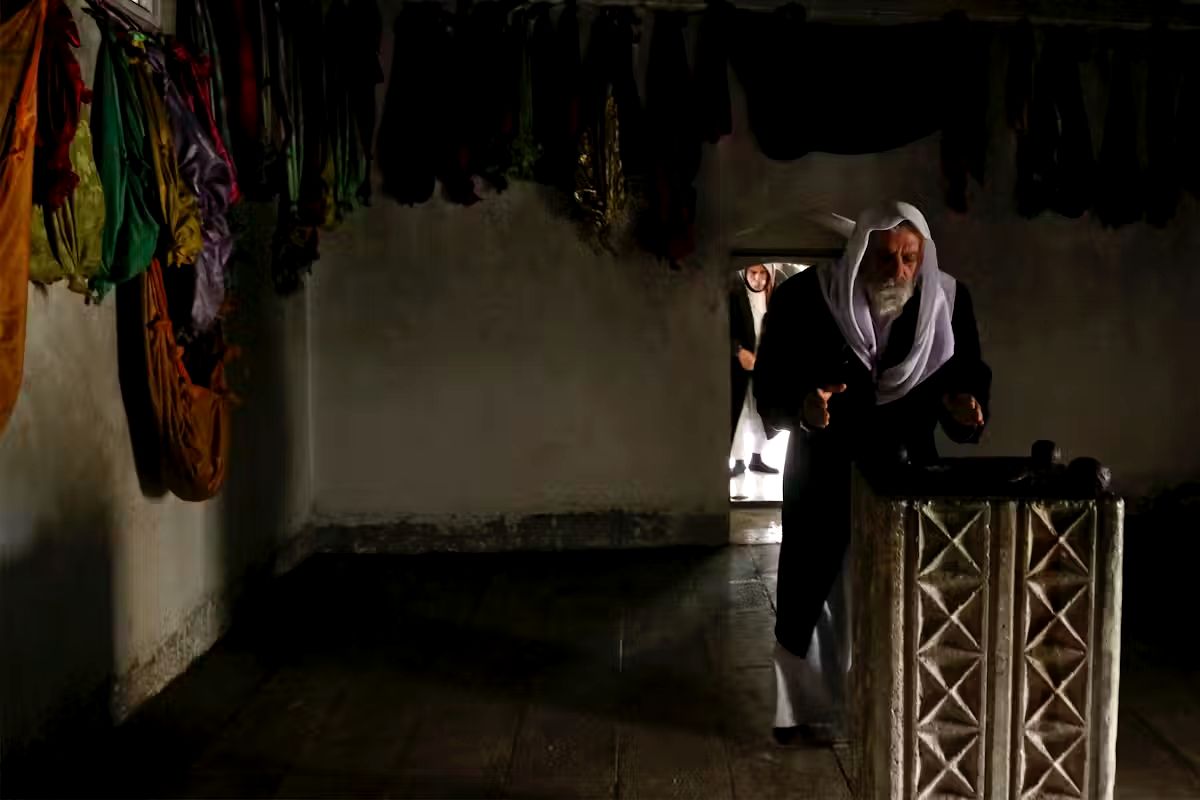
Political Resentment After Saddam
Under Saddam Hussein’s regime, Yezidis faced forced displacement during Arabization campaigns, as the government sought to solidify control over northern Iraq. However, there were no large-scale massacres targeting them during this period.
After the U.S. invasion of Iraq in 2003, the country’s political landscape shifted dramatically. The Shiite majority gained dominance in electoral politics, while Sunni Arabs, who had formed the backbone of Saddam’s regime, faced marginalization. At the same time, the autonomous Kurdish region consolidated its power, with Yezidi votes becoming crucial in territorial disputes.
These shifts fueled resentment among Sunni Arabs, which extremists like IS weaponized. Anti-Yezidi stigmas were intensified, and IS fighters were explicitly instructed that extreme violence, including systematic rape, was religiously justified.
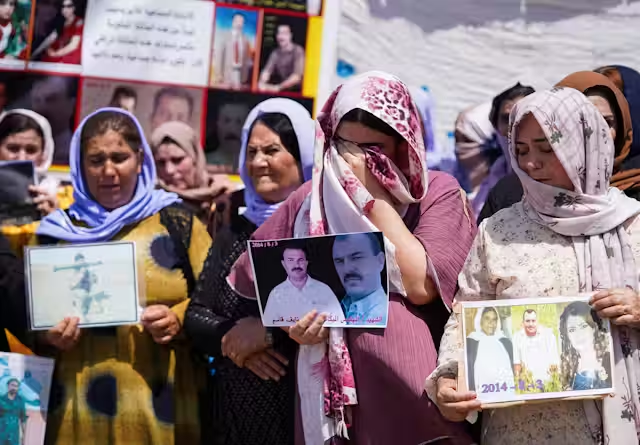
A Pattern of Marginalization
The Yezidi genocide is part of a broader global pattern of violence against what some scholars call “liminal minorities”—groups that lack theological recognition and face intergenerational stigma. In addition to Yezidis, such minorities include Alevis in Turkey, Baha’is in Iran, and Ahmadis in Pakistan.
This marginalization often stems from dominant religious groups perceiving these minorities as threats to moral or social order. In the case of the Yezidis, the combination of theological prejudice and political resentment created a perfect storm for IS to exploit.
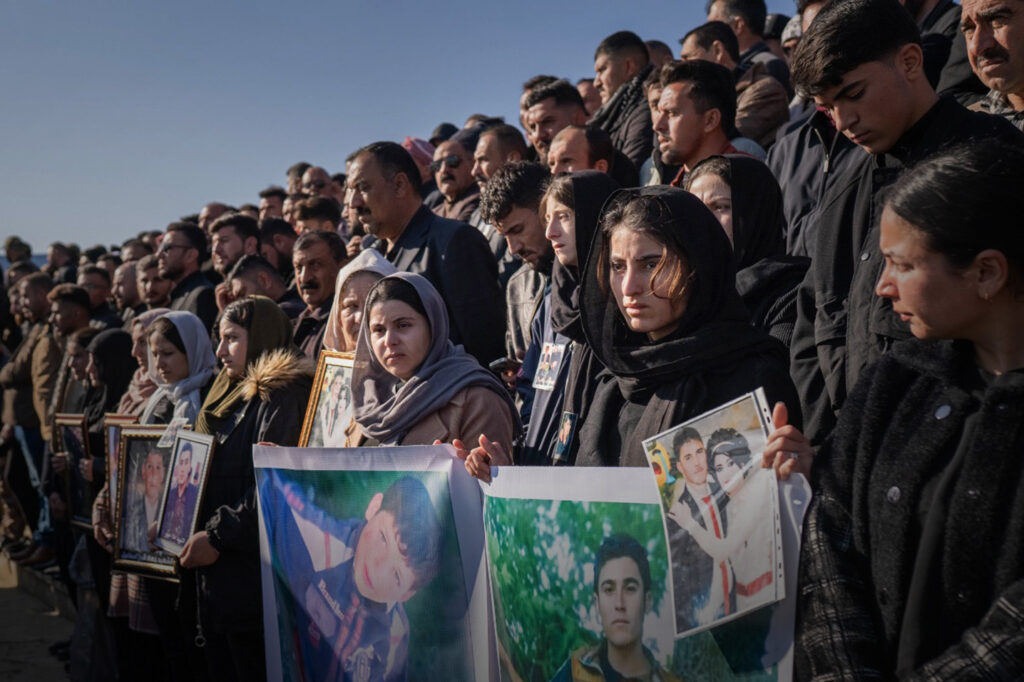
The Aftermath of Genocide
In the wake of the genocide, the Yezidis gained unprecedented international attention. Countries like Germany established resettlement programs for survivors, and the Yezidi diaspora became more visible, demanding justice and raising awareness of their plight.
However, many Yezidis remain in dire conditions. Sinjar is still unsafe, contested by rival armed forces, preventing survivors from returning. Thousands live in displacement camps in Iraqi Kurdistan, where they face an uncertain future.
Those who sought refuge abroad also face challenges. While countries like Germany have offered asylum to Yezidi refugees, the rise of anti-immigration sentiments in Europe has created new barriers. As public attention fades, Yezidis face a precarious existence both in Iraq and the diaspora.
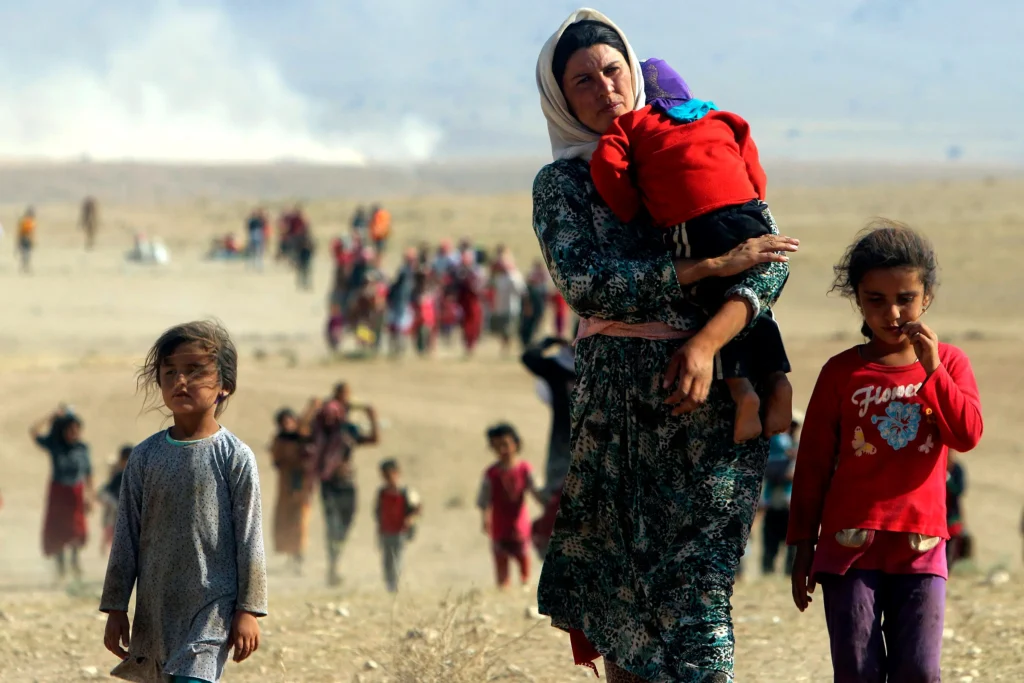
A Legacy of Pain and Resilience
The systematic sale of Yezidi women and girls during the genocide underscores the depths of human cruelty. Younger girls, priced higher in slave markets, became symbols of the exploitation that defined IS’s campaign.
Despite the unimaginable suffering, the Yezidi community continues to fight for recognition and justice. Their resilience in the face of prejudice, displacement, and violence serves as a testament to their strength—and a reminder of the urgent need to confront the root causes of such atrocities.
As the world reflects on the Yezidi genocide a decade later, it must grapple with the historical prejudices and systemic failures that enabled this tragedy and work to ensure that no community endures such horrors again.
